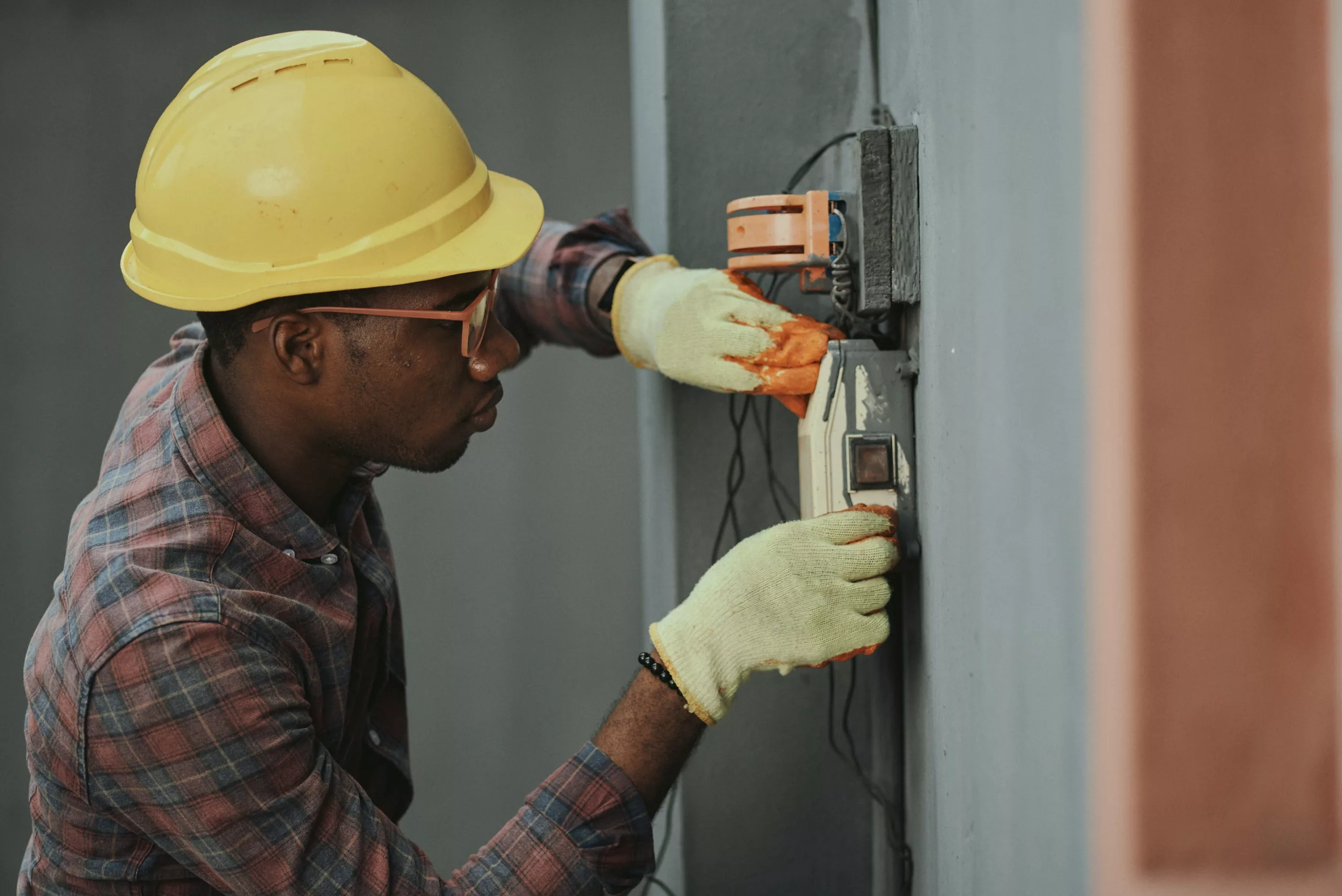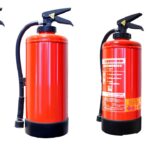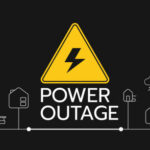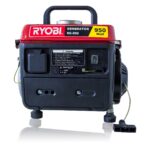
Introduction
Industrial electrical safety is indispensable in any industrial setting. Electrical systems and equipment pose potential hazards, leading to severe injuries, fatalities, and property damage. Employers, employees, and safety professionals must comprehensively understand industrial electrical safety practices to prevent accidents and maintain a safer environment. This guide overviews key considerations, significance, and best practices to ensure industrial electrical safety.
What is Electrical Safety? The Importance of Industrial Electrical Safety
Electrical safety refers to a set of guidelines and precautions aimed at safeguarding against the risks associated with electricity. These practices are specifically developed to protect against potential electric shocks, burns, electrocution, arcing and flashes, and other detrimental electrical hazards.
Electrical safety is paramount in almost all industrial settings with electric equipment installed. It involves implementing safety practices, procedures, and guidelines to ensure the safe operation, maintenance, and use of electrical equipment within industrial facilities. Here are some key reasons why industrial electrical safety is crucial:
- Prevention of Accidents and Injuries: Electrical hazards can have severe consequences, including fatalities, burns, fires, and long-term disabilities. The foremost reason for prioritizing industrial electrical safety is to prevent such accidents and injuries. These accidents and injuries can be significantly reduced by implementing safety measures and ensuring workers’ and equipment safety.
- Protection of Human Life: Industrial facilities are typically populated by workers, engineers, technicians, and other professional personnel. Ensuring their safety and well-being is of utmost importance. Proper electrical safety measures can significantly prevent life-threatening situations by creating a safer working environment for everyone involved.
- Equipment Protection: Electrical equipment in industrial settings represents a significant investment for an organization. It helps reduce downtime, increase productivity, and save costs on repairs and replacements. Proper electrical safety practices help protect this valuable equipment from damage and premature failures caused by electrical faults.
- Operations Continuity: Industrial facilities rely heavily on electrical systems to operate efficiently. Electrical failures or accidents can disrupt production, resulting in significant financial losses. Prioritizing organizational electrical safety can ensure the continuity of their operations, avoid downtime, and maintain productivity levels.
- Raise Employee Confidence and Morale: The confidence and morale of employees increase when they feel safe in their work environment. Organisations can foster a positive work culture by demonstrating a commitment to industrial electrical safety. This ultimately values employees’ well-being and increases job satisfaction, leading to higher productivity and reduced turnover rates.
- Compliance with Regulations and Standards: Compliance with government and industry regulations is a legal requirement essential for maintaining a safe working environment.
Understanding Electrical Hazards and Conducting Risk Assessment in Industrial Electrical Safety
Risk assessment is pivotal in assessing electrical hazards and implementing risk management strategies. It involves identifying common electrical hazards in the workplace, including faulty wiring, overloaded circuits, and inadequate grounding. The primary purpose of risk assessment and hazard identification includes exploring the dangers of electric shock, identifying hazardous areas, factors affecting its severity, and potential consequences. Some of the industrial electrical hazards include:
- Arc Flash and Blast
- Electrical Fires
- Electrocution
- Burns
- Overloading
- Explosions
- Overheating and Electrical Failures.
Industrial Electrical Safety Tips: Exploring Crucial Rules
Industrial electrical safety aims to prevent accidents, injuries, and damage to equipment and users. Here are some best and most crucial electrical safety tips to follow in an industrial setting:
- Ensure all employees working with or around electrical equipment receive comprehensive and periodic training on electrical safety protocols.
- Implement and strictly adhere to lockout/tagout procedures when working on electrical systems or equipment, verifying they are safe to work on.
- Provide appropriate PPE to workers and insist on their proper use.
- Establish a routine maintenance schedule for all electrical equipment and machinery.
- Avoid overloading electrical circuits and check their ampacity ratings never to exceed capacity.
- Ensure the electrical panels and equipment are easily accessible and not obstructed by objects, tools, or materials.
- Ensure proper grounding and bonding of electrical systems.
- Always use non-conductive tools specifically designed for electrical work when working on or near live electrical components.
- Establish clear emergency procedures for electrical accidents and train employees to respond.
- Clearly label electrical panels, switches, and equipment with appropriate warning signs and labels.
- Ensure the flammable materials are stored away from electrical equipment or wiring to prevent accidental ignition.
Electrical Safety in Specific Industrial Settings
Industrial facilities often involve complex electrical systems and equipment, which, if not handled properly, can pose significant risks to workers and the overall operation. Therefore, it is essential to consider various parameters for ensuring safe environments for operators. Here are a few key considerations for electrical safety in some specific industrial settings:
- Electrical Safety in Manufacturing Plants – Manufacturing facilities typically house multiple electrical machinery and equipment. Therefore, implementing electrical safety in bespoke plants is crucial. It typically involves proper grounding, insulation, and maintenance of electrical systems to prevent electrical shocks, fires, and equipment malfunctions.
- Electrical Safety in Construction Sites – Construction sites are dynamic environments with multiple ongoing activities. Workers must know the electrical hazards associated with working near power lines, using power tools, or operating heavy machinery. Implementing lockout/tagout procedures, providing personal protective equipment (PPE), and conducting thorough risk assessments are vital to mitigate electrical risks in construction.
- Electrical Safety in Oil and Gas Facilities – Oil and gas facilities located in hazardous and risk areas involve numerous electrical systems–prone to flammable gases and combustible materials. These facilities should adhere to rigorous safety standards, implement explosion-proof equipment, and provide adequate training for personnel working in these high-risk areas.
- Electrical Safety in Other Industrial Settings – Electrical safety is pertinent across various industries, including chemical plants, refineries, mining operations, and warehouses. Each facility presents its unique electrical hazards. These practices are crucial to conducting comprehensive risk assessments, ensuring proper equipment maintenance, promoting safe work practices, and providing consistent employee training.
The End Thoughts and Recommendations
Industrial electrical safety serves as a backbone for smooth industrial operations, ensuring both workers’ and equipment safety. Prioritising electrical safety ultimately protects lives, prevents injuries, and ensures industrial facilities’ smooth operations. It should be a top priority for all stakeholders to provide significant benefits in various industrial settings. Regularly reviewing and updating safety protocols are essential to adapt to evolving industry standards and best practices.





















